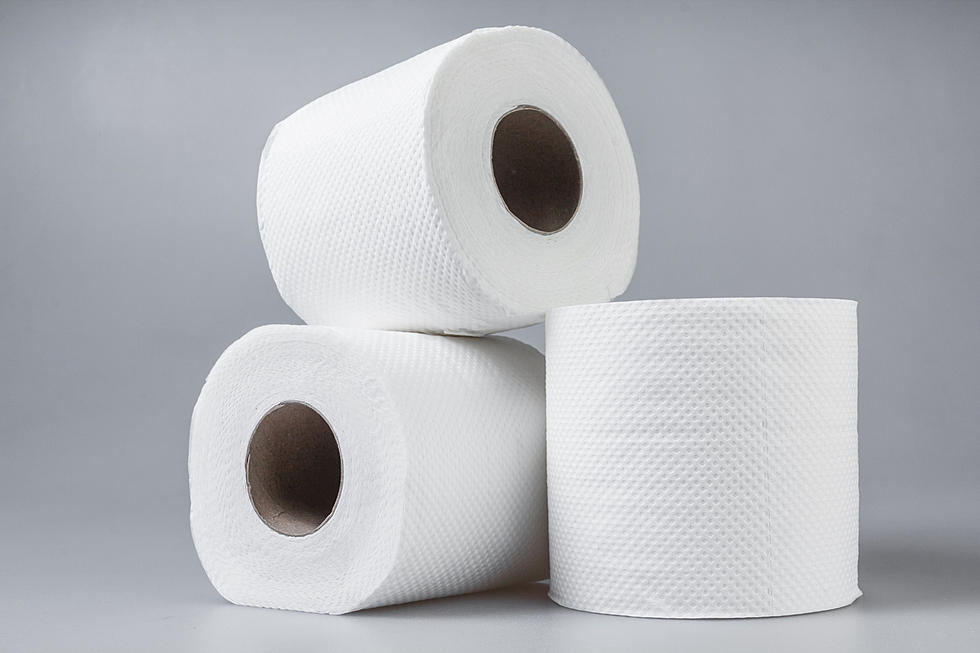
Click It Or Ticket Event Happens May 19 through June 1; Program Aims To Increase Safety Efforts In The Northland
If you don't wear a seatbelt when you're in a motorized vehicle, you might want to re-think that strategy.
The Duluth Police Department, St. Louis County Sheriff’s Office, UMD Police Department, Minnesota State Patrol, Hermantown Police Department, Proctor Police Department and Floowdwood Police Department are taking part in a statewide Click It or Ticket enhanced Seatbelt education and enforcement campaign May 19th – June 1st.
In the last five years on Minnesota roads (2009-2013), there were 1,423 motor vehicle occupant deaths, of which 587 (41.3 percent) were not buckled up. According to the Minnesota Department of Public Safety Office of Traffic Safety, data from the past five years also shows:
- More than 40 percent (237 of 587) of unbelted fatalities were between 15- to 29-years-old.
- Nearly 64 percent (190 of 298) of drinking drivers killed were not wearing a seat belt.
- Nearly 44 percent (474 of 1,084) of those killed in greater Minnesota crashes were unbelted compared to 33 percent (113 of 339) in the seven-county metro area.
Some people mistakenly believe that they don't need to use a seatbelt if they are in the backseat of a car. That assumption is wrong and against the law.
In Minnesota, drivers and passengers in all seating positions, including in the back seat, are required to be buckled up or seated in the correct child restraint. Officers will stop and ticket unbelted drivers or passengers. Seat belts must be worn correctly — low and snug across the hips; shoulder straps should never be tucked under an arm or behind the back.
Seatbelt use increased the odds of walking away from an accident safely.
In rollover crashes, unbelted motorists are usually ejected from the vehicle. In most cases, the vehicle will roll over them. Often, unbelted motorists will crack teeth out on steering wheels or break their nose, and even slam into and injure or kill others in the vehicle. In a crash, odds are six times greater for injury if a motorist is not buckled up.
Seatbelts are especially important for children, too.
Minnesota statute requires children under age 8 to ride in a federally approved car seat or booster, unless the child is 4 feet 9 inches or taller. Safety restraint steps progress as children age and grow:
- Rear-facing infant seats – Newborns to at least 1 year and 20 pounds; recommended up to age 2. It is safest to keep a child rear-facing as long as possible.
- Forward-facing toddler seats – Age 2 until around age 4. It’s preferable to keep children in a harnessed restraint as long as possible.
- Booster seats – Use once outgrown a forward-facing harnessed restraint; safest to remain in a booster until 4 feet 9 inches tall, or at least age 8.
- Seat belts – A child is ready for an adult seat belt when they can sit with their back against the vehicle seat, knees bent comfortably and completely over the vehicle seat edge without slouching, and feet touching the floor. Children 4 feet 9 inches tall or taller can correctly fit in a lap/shoulder belt.
More From KOOL 101.7








